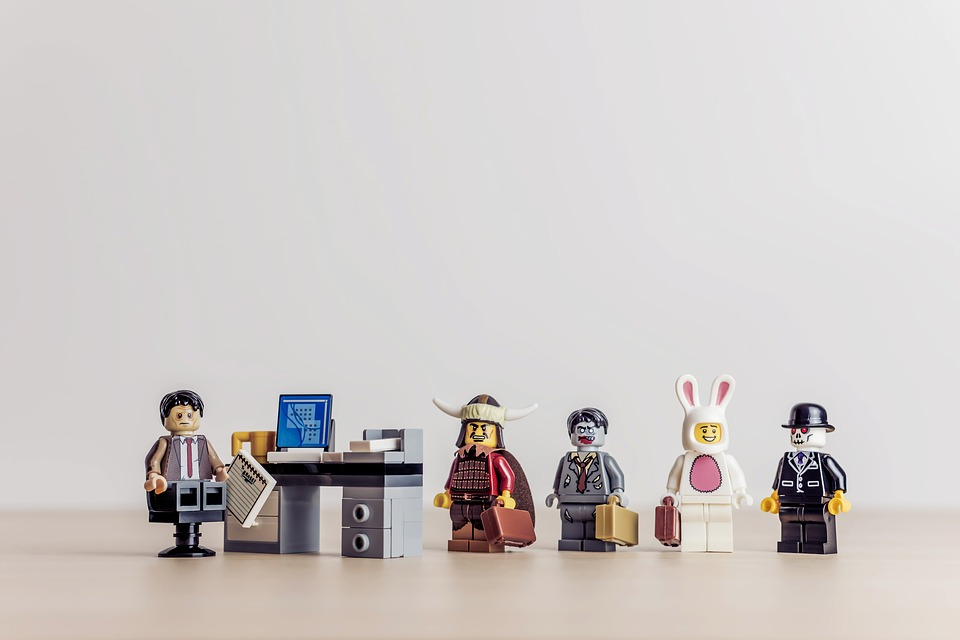Keeping Pace With The Changes
Here we’ll briefly go over three notable areas of operations that have changed in a way sufficient to revamp how HR offices manage employees today. Nothing stays the same forever. In modern times, though, that reality has become even more notable.
Technological advances in conjunction with societal transitions owing to the 2020 pandemic have forced a total shift in polarities as regards operational infrastructure. In Human Resources, you’re going to feel this quite acutely.
Things are changing, and they’re going to keep changing. Even if 2020’s pandemic never hit, iterative shifts would impact operational best practices. You might as well stay on top of them. Consider the following.

1. “Work From Home” Or “Remote” Infrastructure Is On The rise
Prior to the 2020’s pandemic, they were calling “work from home” infrastructure “decentralization”. Certainly, “decentralization” means a lot more than a workforce that clocks in from the internet of the office “den” where they reside. However, a big component of this trend has to do with reducing the need for a physical office space.
Because of mandates, restrictions, social distancing, and other related guidelines, many companies restructured their operations. This is where HR time tracking software plays a huge role as a tool that allows you to monitor employee productivity without having to go to the office. For this and more HR solutions, visit FactorialHR.com. Companies were already saving tens of thousands of dollars a year through such infrastructural shifts before. So there is a silver lining to decentralization.
Building rental costs, parking, on-site maintenance, work equipment, break rooms, on-site electricity; all those expenses are eliminated or severely curtailed. However, there is a challenge in managing remote employees, and a lot of that challenge will fall squarely on the shoulders of HR.

2. Different Time-Off Realities Developing From Decentralization
Decentralization is going to change how you manage sick days and time off for employees. A lot of jobs don’t really require someone to be at mental and physical perfection to get the work done. Sometimes, for example, businesses like IBM have servers that generate automated requests which an employee must review and delete. Only one out of a thousand is serious.
Accordingly, provided they can be “on deck” to check their email during a night shift, they’re good to go, and that’s all which is necessary. However, even if someone isn’t sick, there are psychological realities that can predicate time off. HR will be tasked with managing that.
Especially if you’re contending with mostly remote workers, PTO management software methods make a lot of sense. Generating records and streamlining management is key to effective operations over the long run.

3. A Decentralization Of Professional HR Duties As Well
Something a lot of HR people didn’t realize would happen in the wake of COVID-19 is their own decentralization. That is to say, an HR office may not necessarily need to have ten or fifteen people on-site for a big corporation. Many businesses only have a few people in HR, and their duties really don’t require them to be at the physical office.
There are times when employees need to be privately interviewed, but for most scenarios such as these, a Zoom call will more than suffice. If you’re in an HR department that has become decentralized, know there will likely be some mild downsizing. As decentralization saves money, collateral fallout from profit losses will initiate liquidation of frivolous hires.
This may contract HR departments significantly, meaning fewer personnel to handle a diminished load of employees. Also, hiring will likely change—expect many interviews to be conducted remotely.
Identifying Categories Of Change To Keep Pace
HR provides many key solutions for employers across the country, and the role of HR in operational infrastructure management will likely remain. However, decentralization has truncated such departments, meaning a reduction in associated personnel. Also, time off realities have shifted and will likely continue to.
Finally, such infrastructure is more prevalent than ever. It’s to be expected this reality will remain well into the future. If you’re in HR, what makes sense at this time is to lean into remote work decentralization built around social distancing best practices.
Because such shifts save money anyway, it’s to be expected that these transitions may continue to define the workplace well after the pandemic is history.
Leave a Reply